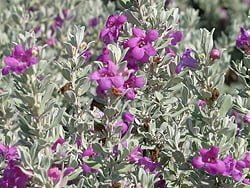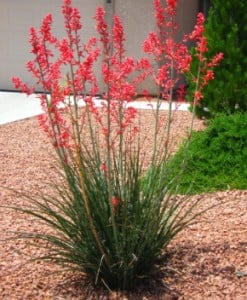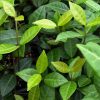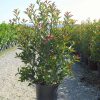As we face increasing temperatures and less predictable rainfall patterns, the need for drought-tolerant gardens is becoming more apparent. In areas like Texas, where water conservation is crucial, creating a garden that can thrive with minimal water is not just a trend but a necessity. Premier Nursery offers various drought-tolerant plants native to Texas, allowing you to create a beautiful, sustainable, and low-maintenance garden.
Why Choose Drought-Tolerant Plants?
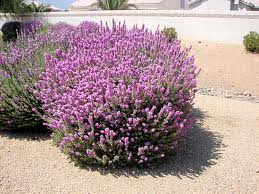
Drought-tolerant plants are designed by nature to survive in conditions with little water. They have unique adaptations, such as deep root systems, waxy or hairy leaves, and the ability to store water in their leaves, stems, or roots. These adaptations allow them to thrive in dry conditions where other plants struggle.
Choosing drought-tolerant plants for your garden has several benefits. Firstly, they require less water, saving time and reducing your water bill. Secondly, they are generally low-maintenance, requiring less care and attention than other plants. Finally, they are often native to the area, promoting local biodiversity and providing habitat for local wildlife.
Drought-Tolerant Plants at Premier Nursery
At Premier Nursery, we offer a variety of drought-tolerant plants suitable for Texas gardens. Here are a few of our favorites:
Texas Sage is a popular choice among landscapers and homeowners. It’s drought-tolerant, loves the sun, and requires little maintenance. This plant is an excellent choice for those looking to add a touch of native beauty to their garden.
Chinese Pistache Trees are known for their beautiful fall color. They tolerate most soil conditions and are drought-tolerant. These trees grow well in hardiness zones 6 through 9 and prefer full to partial shade.
Lantana plants are hardy and drought-tolerant, making them popular, especially in Texas. They can grow in poor soil conditions and add color to any garden.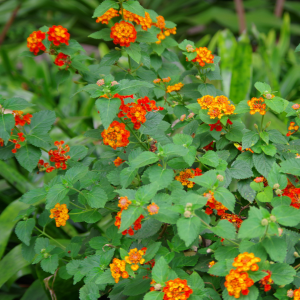
Dry-tolerant, Elaeagnus can grow in a variety of soil types. This shrub is an excellent choice for less-than-ideal desert soils and is drought and heat tolerant.
Even some varieties of roses, like the pink knock-out rose, are self-cleaning and drought-tolerant. They can add a touch of elegance to any drought-tolerant garden.
The Red Yucca, also known as Hesperaloe parviflora, is a native Texas plant perfect for a drought-tolerant garden. Despite its name, it’s not a true yucca. This plant is characterized by its long, slender, blue-green leaves that form a rosette, giving it a unique architectural shape. The real showstopper is its tall spikes of tubular red or coral-colored flowers that bloom from spring until early fall. These flowers are a favorite of hummingbirds. Red Yucca is highly heat and drought-tolerant, making it an excellent choice for xeriscaping or a rock garden.
Oleander (Nerium oleander) is a versatile evergreen shrub known for its vibrant, fragrant flowers that bloom from spring to fall. The flowers come in various colors, including pink, red, white, and yellow. Oleander is a tough plant that can withstand heat, poor soil, and drought. However, it’s worth noting that all parts of the Oleander plant are toxic if ingested, so it should be planted in areas away from children and pets.
Vitex, known as Chaste Tree or Monk’s Pepper, is a multi-stemmed, deciduous shrub often pruned into a small tree. It’s loved for its long, upright clusters of lavender-blue flowers that bloom from late spring until early fall. The leaves are palmately compound, giving the plant a delicate, fern-like appearance. Vitex is a hardy plant that can tolerate various conditions, including drought. It’s an excellent choice for adding height and color to a drought-tolerant garden.
Nana Nandina, also known as Dwarf Nandina or Heavenly Bamboo, is a compact, low-growing shrub that offers year-round interest. It has delicate, bamboo-like foliage that changes color throughout the seasons, turning from green to a stunning fiery red in the fall and winter. It produces clusters of small, white flowers in the spring, followed by bright red berries in the fall. Despite its delicate appearance, Nana Nandina is a hardy, drought-tolerant plant once established. It’s an excellent choice for adding color and texture to a drought-tolerant garden.
Hibiscus plants can bring a tropical feel to your garden. While they are known for their vibrant and large flowers, certain types of Hibiscus are also very drought tolerant and do not require large amounts of water. This makes them a great addition to a drought-tolerant garden, providing a splash of color and a touch of the tropics.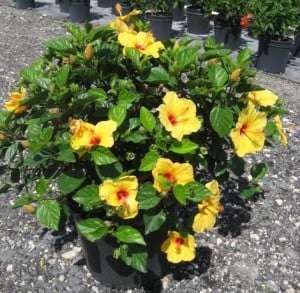
Certain types of trees can also be a part of a drought-tolerant garden. Some trees, like the Shumard Red Oak, do well in drought or wet conditions. These trees can provide much-needed shade in your garden, reducing water evaporation and creating a cooler microclimate for other plants.
Landscaping on a Budget
Creating a drought-tolerant garden doesn’t have to be expensive. At Premier Nursery, we offer a variety of affordable plants suitable for Fort Worth’s unique environment. From drought-tolerant perennials to low-maintenance shrubs, we can help you create a beautiful and sustainable garden without breaking the bank.
without breaking the bank.
For more information on how to landscape on a budget, check out our latest landscaping article!
The Importance of Proper Watering
While drought-tolerant plants require less water, proper watering techniques are still essential. Watering should be done every 7 to 10 days during prolonged drought or dry spells. During cooler seasons, less watering is needed. Remember, different plants have different water needs. Some are drought-tolerant, while others are not. Plants with large leaves, such as hydrangeas or azaleas, may require more water than others.
Designing Your Drought-Tolerant Garden
Consider each plant’s specific needs and characteristics when designing your drought-tolerant garden. Group plants with similar water, sun, and soil needs together. This makes maintenance more manageable and ensures that each plant is in the best possible environment for it to thrive.
Remember to prepare your soil before planting. Most drought-tolerant plants prefer well-draining soil. Adding organic matter or using a raised bed can improve drainage.
Finally, these plants are drought-tolerant but will still need water, especially during the establishment period. Be sure to water deeply and infrequently, encouraging the plants to develop deep root systems, further enhancing their drought tolerance.
Creating a drought-tolerant garden is a sustainable choice that can save you time and resources. At Premier Nursery, we’re proud to offer a variety of drought-tolerant plants that are perfect for Texas gardens. Whether you’re a seasoned gardener or just starting, we’re here to help you create a garden that’s not only beautiful but also resilient and sustainable.

